1 IN 28 women is likely to develop breast cancer in India
The seven warning signs of breast cancer can help detect the condition early and get treatment in the early stages. The treatment methods chosen, which depend on the tumour size and type, cancer stage, the person’s sensitivity to hormones, their age, and overall health, and grade (expected growth and spread) of the tumour. To tackle various stages of breast cancer and their symptoms, you can benefit from the different methods of treatment available today:
A. Breast Surgery & Types
The most common type of treatment recommended for breast cancer is surgery. Several types of surgical procedures may be used to remove breast cancer:
Lumpectomy: It involves removing the tumour and a small amount of the surrounding healthy tissue, keeping the rest of the breast intact. This option can be considered if the tumour is small and easy to separate from the surrounding tissue.
Mastectomy: The surgeon removes an entire breast, including the lobules, ducts of the breast, fatty tissue, nipple, areola, and some skin. In some cases, the surgeon also removes the lymph nodes present in the axilla and muscle in the chest wall. In the case of a double breast cancer mastectomy, both breasts are removed.
Sentinel Node Biopsy: A few of the sentinel lymph nodes – the initial set of nodes to which breast cancer can spread – are tested and removed. If they don’t have cancer, no additional surgery is required to get rid of the lymph nodes.
Axillary Lymph Node Dissection: Lymph nodes removed during a sentinel node biopsy may contain cancer cells. Hence, additional lymph nodes may be removed in the armpit. As you can imagine, this prevents the cancer from spreading.
Contralateral Prophylactic Mastectomy: Used more as a preventive measure, this breast cancer surgery is often opted for to remove a healthy breast to reduce the risk of developing breast cancer again In women who have or have had breast cancer in the other breast.
Reconstruction Surgery: Contrary to popular belief, breast removal has adverse psychological effects. This type of breast cancer surgery allows surgeons to reconstruct the breast to make it appear natural. During the procedure, the surgeon can either reconstruct the breast while performing a mastectomy or do it at a later scheduled date. However, to reconstruct the breast, the surgeon will use breast implants or healthy tissue from another part of the body.
Additional treatments available at your disposal include:
B. Chemotherapy
Chemotherapy is a cytotoxic drug treatment used to kill breast cancer cells to prevent breast cancer recurrence or spread. This treatment option is generally used in conjunction with surgery.
In some cases, doctors recommend chemotherapy before surgery to shrink the tumour and make its removal easier. Chemotherapy has many unavoidable side effects, so make sure to air your concerns with your doctor before commencing treatment.
C. Radiation Therapy
Radiation therapy typically begins a month after surgery. Here, high-powered external beams of radiation are used in controlled doses to target and kill cancer cells. In the internal type of radiation treatment, surgeons place radioactive seed implants inside the body near the tumour for a short period of time to destroy the cancer cells.
D. Hormone Therapy
If your breast cancer type is sensitive to hormones, you may need to opt for hormone therapy. This type of therapy works by blocking your body’s production of estrogen and progesterone, which can stimulate the growth and progress of breast cancer tumours. It also helps to block the hormone receptors on the cancer cells.
Additionally, remember that hormone-blocking therapy may be the only option for people who cannot undergo surgery, chemotherapy, or radiotherapy. Also, this treatment will not affect cancers that are not sensitive to hormones.
E. Medications
Believe it or not, certain treatments can effectively target specific abnormalities or mutations in cancer cells. For instance, Herceptin (trastuzumab) can block your body’s production of the HER2 protein that is responsible for boosting cancer cell growth, thereby slowing down the progression of breast cancer.
Summary:
As with any type of cancer, treatment options for breast cancer have severe side-effects – both physical and psychological. It is paramount that you discuss the potential risks with a doctor and look at ways to minimize the side-effects.
Consult with the best gynaecologists online on MFine to evaluate your treatment options
 Gynecologist
Gynecologist General Physician
General Physician Orthopedician
Orthopedician Dietitian
Dietitian Pediatrician
Pediatrician Dermatologist
Dermatologist Psychiatrist
Psychiatrist Andrologist
Andrologist Diabetologist
Diabetologist Urologist
Urologist Gastroenterologist
Gastroenterologist General Surgeon
General Surgeon Endocrinologist
Endocrinologist Dentist
Dentist Cardiologist
Cardiologist Pulmonologist
Pulmonologist Fertility Specialist
Fertility Specialist Oncologist
Oncologist Neurosurgeon
Neurosurgeon Nephrologist
Nephrologist Neurologist
Neurologist Sports Medicine
Sports Medicine Cosmetologist
Cosmetologist


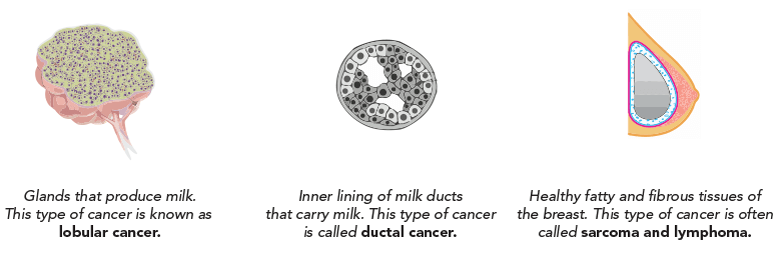
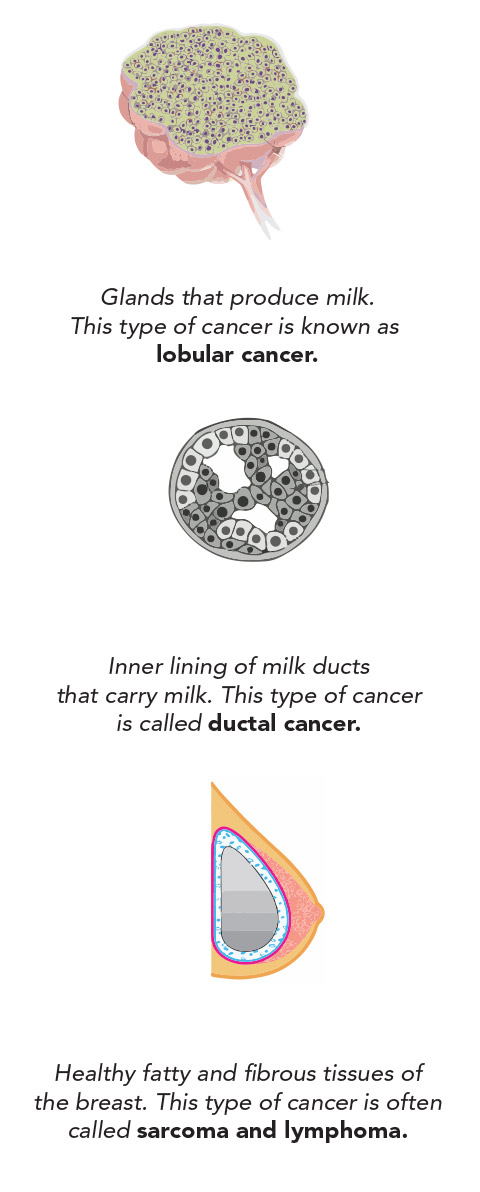
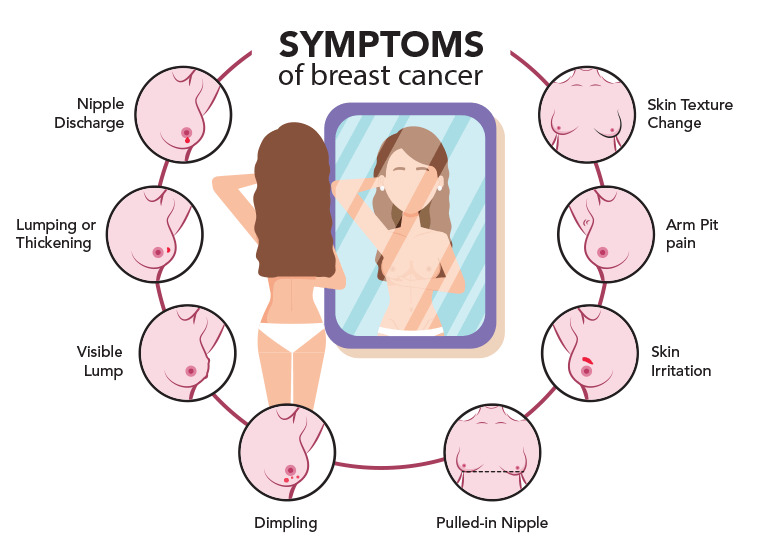
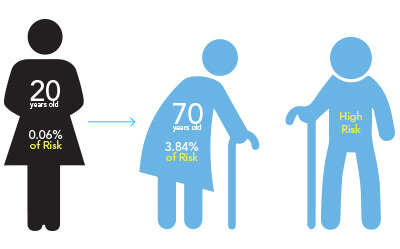
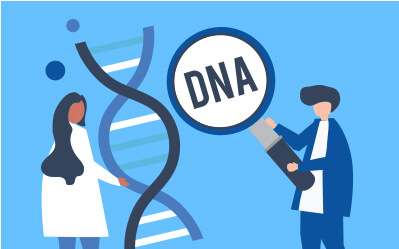

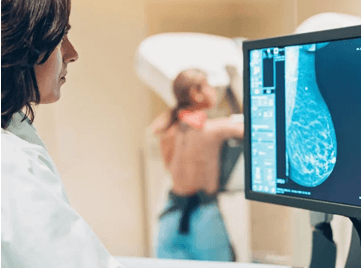
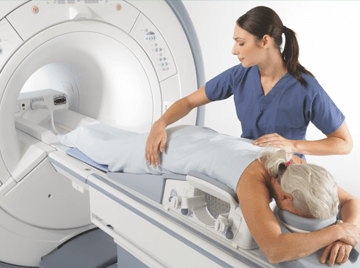
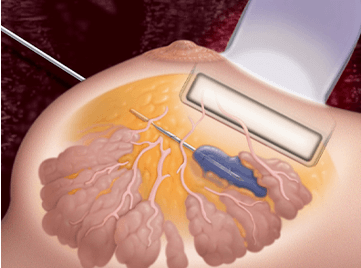

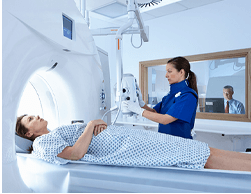 CT Scan: This type of X-ray testing helps to create a detailed image of your organs. It helps to understand if the cancer has spread to organs surrounding the breast, such as your chest, lung, or stomach area.
CT Scan: This type of X-ray testing helps to create a detailed image of your organs. It helps to understand if the cancer has spread to organs surrounding the breast, such as your chest, lung, or stomach area.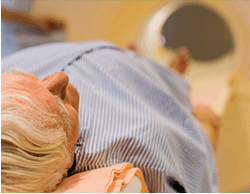 Bone Scan: A bone scan allows your doctor to check your bones for evidence of cancerous cells.
Bone Scan: A bone scan allows your doctor to check your bones for evidence of cancerous cells.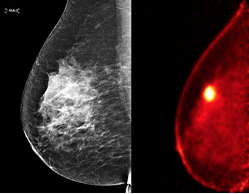 PET Scan: In a PET scan, a dye is injected into your vein by a doctor. A 3-D camera monitors the dye and produces images of the insides of your body to identify the tumour’s location.
PET Scan: In a PET scan, a dye is injected into your vein by a doctor. A 3-D camera monitors the dye and produces images of the insides of your body to identify the tumour’s location.






